Sometimes, the properties of a molecule are predicted long before it is synthesised. One such is diberyllocene. I first encountered a related molecule, beryllocene itself, many moons ago.[cite]10.1021/ja00471a020[/cite] This was unusual because unlike the original metallocenes, the metal atom was not symmetrically disposed between the two cyclopentadienyl faces. Now diberyllocene is finally reported in which replacing one Be by Be-Be induces (according to calculation, D2) symmetry[cite]10.1126/science.adh4419[/cite]. I will not repeat the excellent analysis of the wavefunction reported in this article, but confine myself to showing two molecular orbitals which examplify its bonding.
| Highest occupied molecular orbital |
|---|
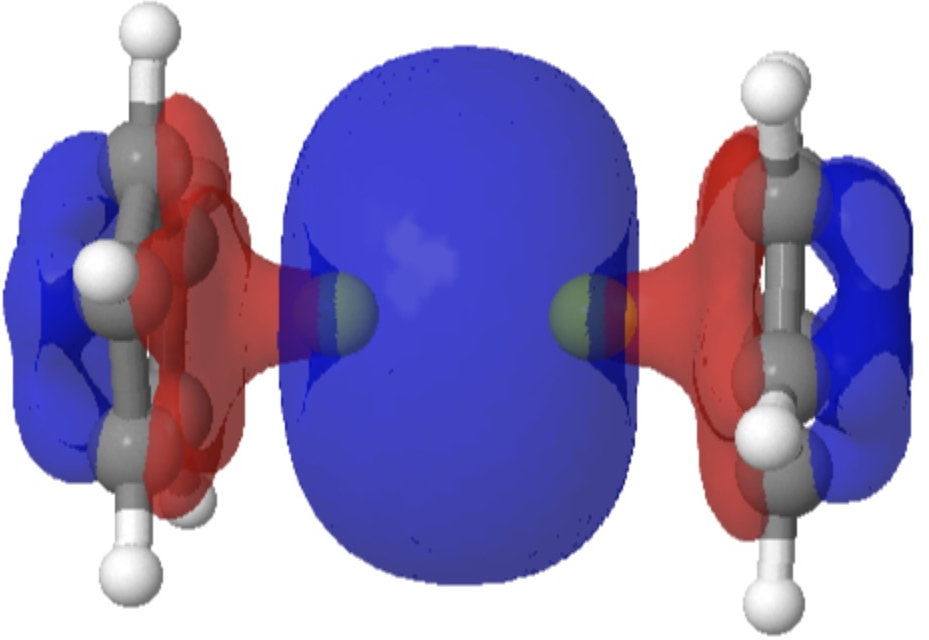 |
| Lowest occupied π-molecular orbital |
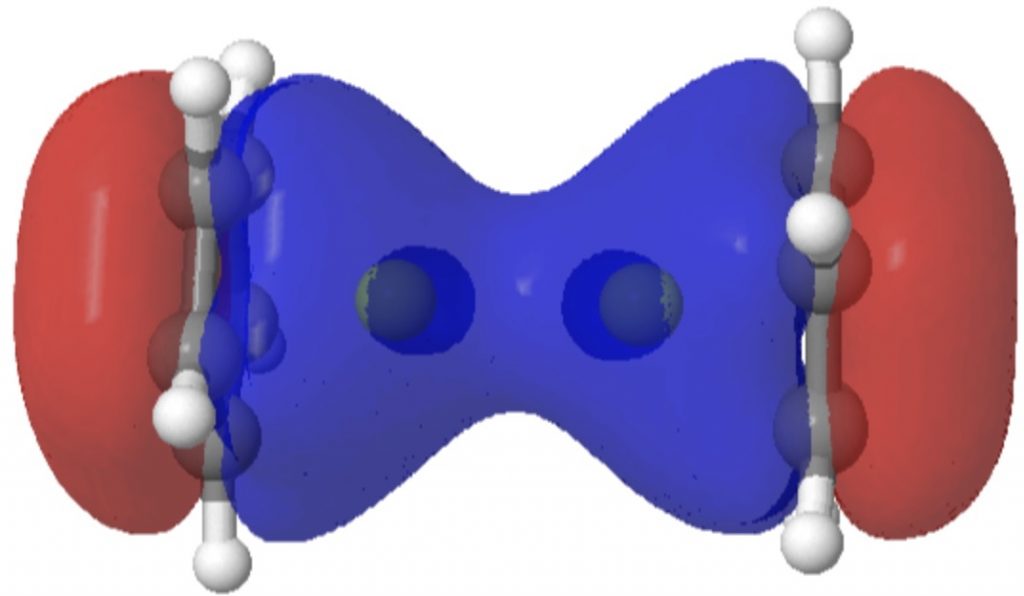 |
The HOMO (FAIR data 10.14469/hpc/12702) essentially shows a Be-Be single bond, originating formally from the central Be22+ dication, balanced by the two cyclopentadienyl anion ligands. Click on the images to see this orbital in 3D.
Oddly, an excited state of Be2 on its own actually carries a Be=Be double bond, a property again predicted a long time ago by theory. The most stable π-MO in diberyllocene originates in the six electron aromatic cyclopentadienyl rings. By acquiring a share of six electrons from one Cp ring, and a share of the two electrons from the Be-Be bond, each Be atom achieves the octet of electrons known by generations of students. This is the sort of molecule that could be taught in schools at an early stage to illustrate the octet rule. And its good to know that simple new molecules illustrating this are still being discovered by chemists.
Since this started with experimental realisation of a predicted molecule, can I suggest as a new prediction, lithioborocene, in which a B and an Li replace two Be atoms? Individually, lithiocenes, boracenes and Li-B bonds are known from crystal structures. So its not a way out prediction to combine these observations. Any friendly synthetic chemist up for the challenge?
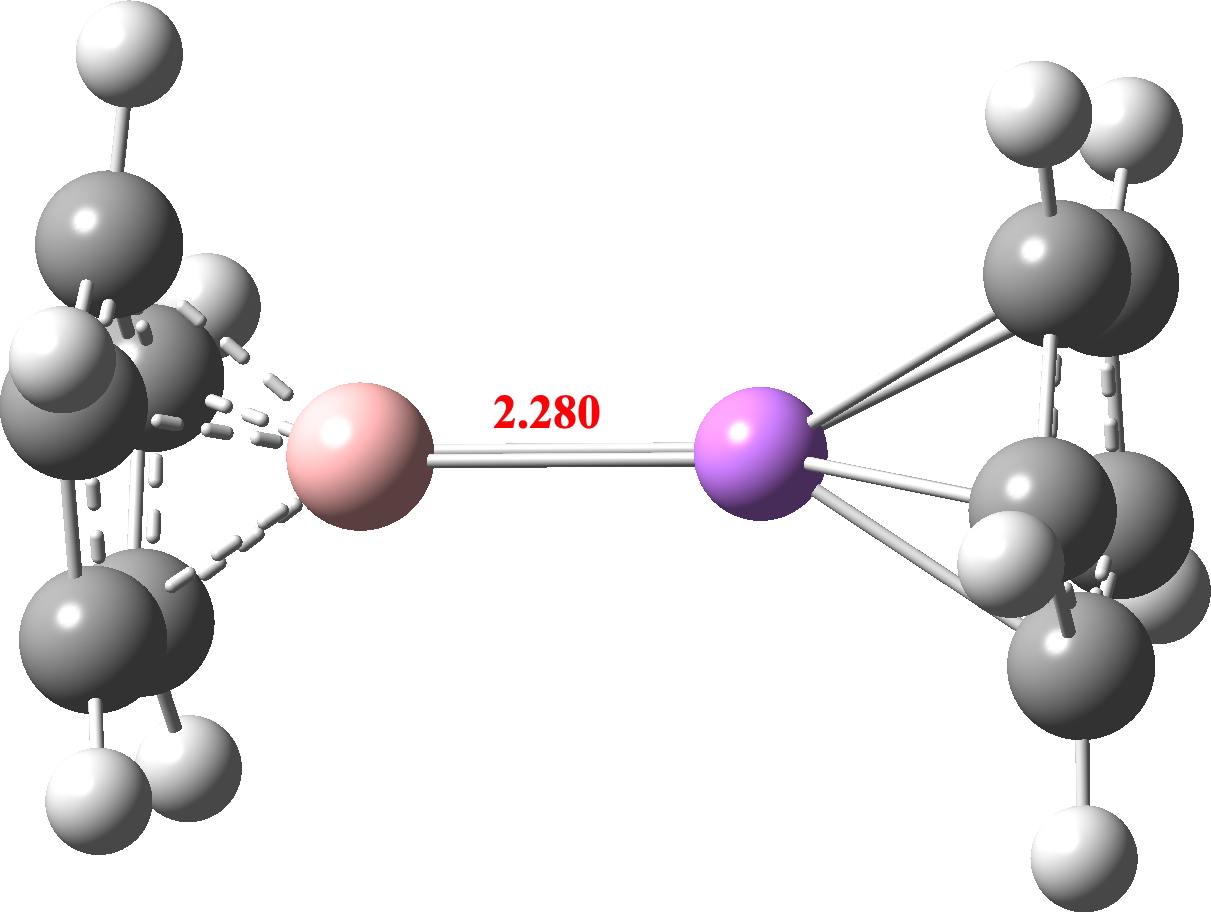
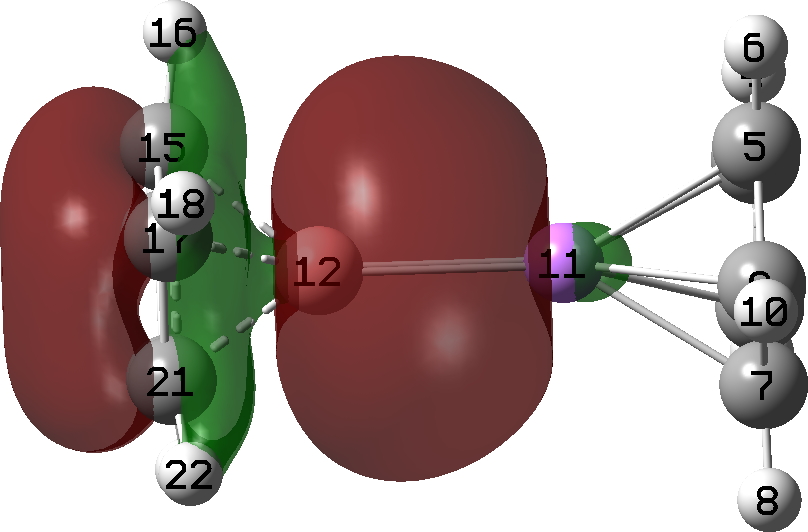
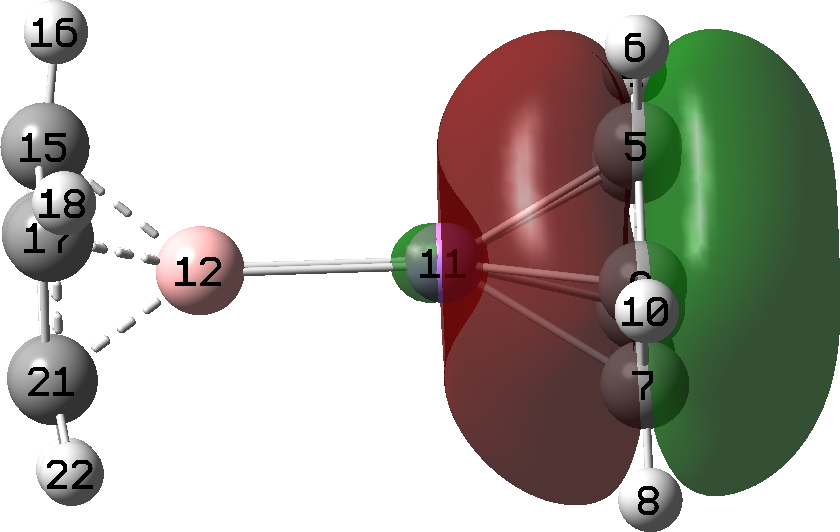
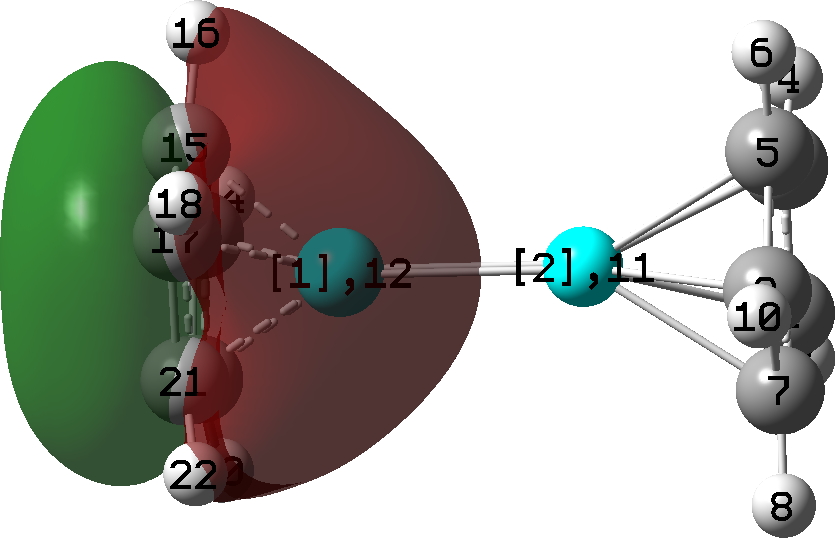
This post has DOI: 10.14469/hpc/12704